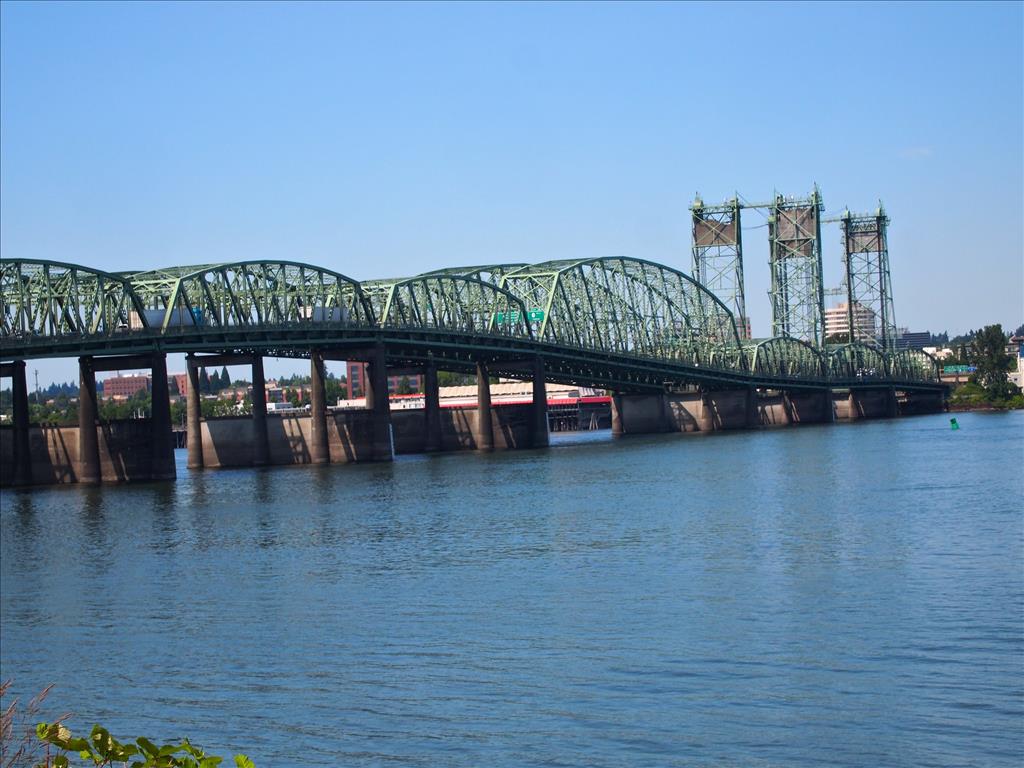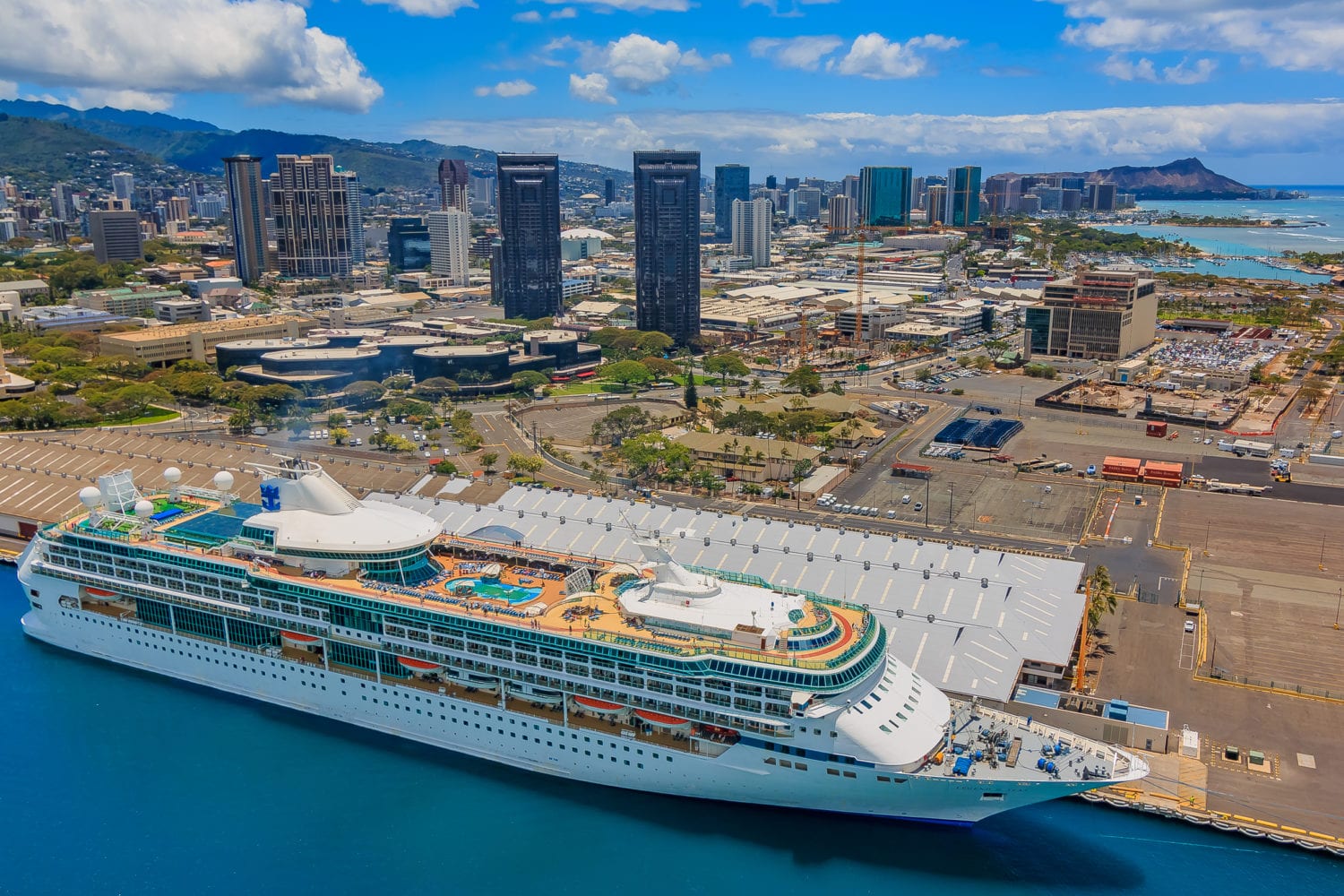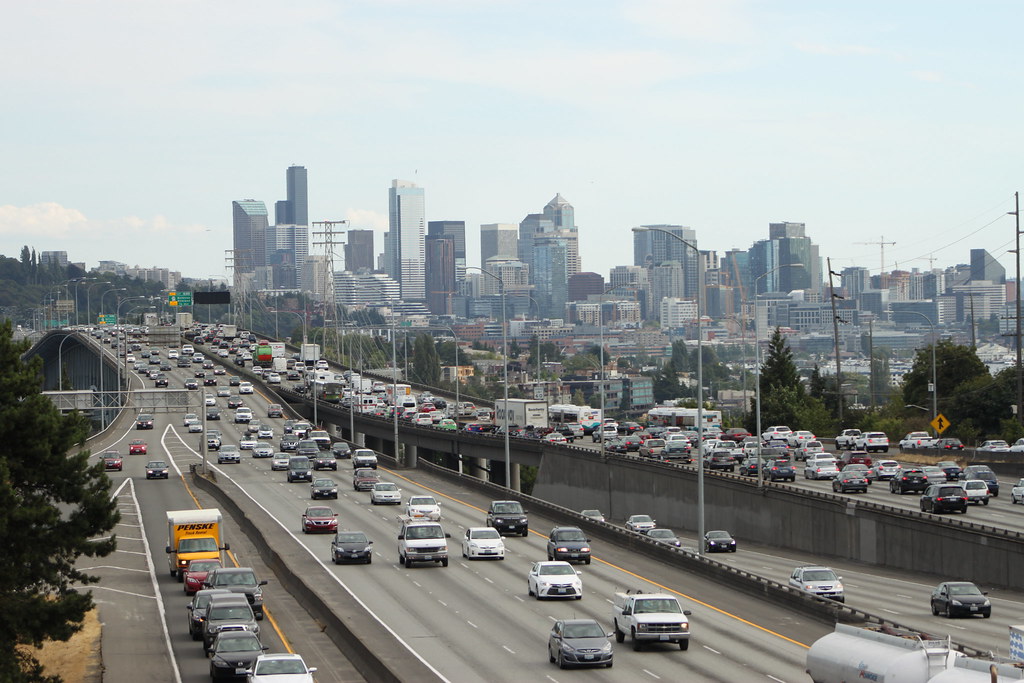Light rail on track for $4.8B Columbia River bridge replacement

Any replacement for the aging Interstate 5 (I-5) bridge over the Columbia River connecting Washington and Oregon will likely include light rail.
It’s a controversial decision because previous attempt to replace the bridge failed in part because light rail was included in the project. In 2013, the Columbia River Crossing project was ultimately torpedoed by the Washington State Senate’s failure to advance a $450 million transportation package the state was expected to contribute to the project. Oregon had already signed off on the project, but Washington’s support was required to make it happen.
At a Thursday morning meeting of the project’s Executive Steering Group, the team revealed its light rail recommendation, based on extensive studies and modeling of two transit modes: light rail and bus. Light rail would provide better job access and lower operational costs, the team concluded, while noting it would have higher upfront construction costs.
That decision was discussed further during a meeting later that day of the Joint Oregon-Washington Legislative Action Committee hearing an update on plans for the Interstate Bridge Replacement (IBR) program, which has an estimated price tag between $3.2 billion and $4.8 billion that is to be funded by Washington, Oregon, and the federal government.
Vancouver, Washington, and Portland, Oregon, each have rapid transit systems that stop short of linking up. TriMet’s MAX Yellow Line terminates at the Portland Expo Center, and C-Tran’s Vine Bus Rapid Transit (BRT) line terminates in downtown Vancouver. The IBR plan would keep the Yellow Line adjacent to I-5 within Vancouver and only run it as far as north as Evergreen Boulevard.
Ending the line at Evergreen Boulevard, rather than further north on I-5, would minimize the property impact while still allowing the line to connect to downtown jobs and C-Tran routes, the steering group concluded.
Two possible light rail scenarios were proposed, differing only in terms of the number of auxiliary traffic lanes that would be included with the new bridge and the design of the new interchanges at Hayden Island and Marine Drive on the Portland side of the river.
Some remained skeptical of the light rail option.
“What I need to know is how much does it cost to build light rail per mile – whenever this is decided – versus BRT, because I don’t think that laying rail is going to be cheaper in the long run than buying another bus,” Washington Sen. Lynda Wilson, R-Vancouver, said at the committee hearing. “I guess I don’t see how this ever pencils out, and I’ve never seen the real numbers, so if we can get that.”
Her comments were echoed at the federal level by Washington Congresswoman Jaime Herrera Beutler, R-3rd District, who released a same-day statement on plans for moving ahead with the light rail option.
“This decision flies in the face of Southwest Washington voters who have soundly and repeatedly rejected bringing Portland’s light rail to Washington state along with the massive cost, river traffic limitations and public safety concerns that come with it,” she said.
The new bridge must include some form of mass transit in order to qualify for full federal funding.
Frank Green, assistant program administrator, said cost estimates will be updated this fall and that the IBR anticipates applying for federal grant funding in 2023. Possible federal funding sources include the Federal Transit Administration’s Capital Improvement Grant, the Competitive Bridge Investment Program, and the National Infrastructure Project Assistance Program.
Tolling is part of the plan as well.
“We still anticipate that tolling will be a needed revenue source for this program, in addition to state and federal sources, because we do know that we will need some of that kind of local match for these federal programs, and tolling is also one of those areas where we think we’ll need funding to fill in the gaps,” he told the committee.
Tolling for the proposed new I-5 bridge will be administered by the Oregon Department of Transportation, IBR staff announced last month. The plan has been approved by the Oregon Transportation Commission.
The Legislature this year passed the nearly $17 billion, 16-year transportation package dubbed “Move Ahead Washington,” which includes $1 billion in funding for a new I-5 bridge.
The steering committee will meet again on May 5 to finalize which design option to pursue.
This article was originally posted on Light rail on track for $4.8B Columbia River bridge replacement



